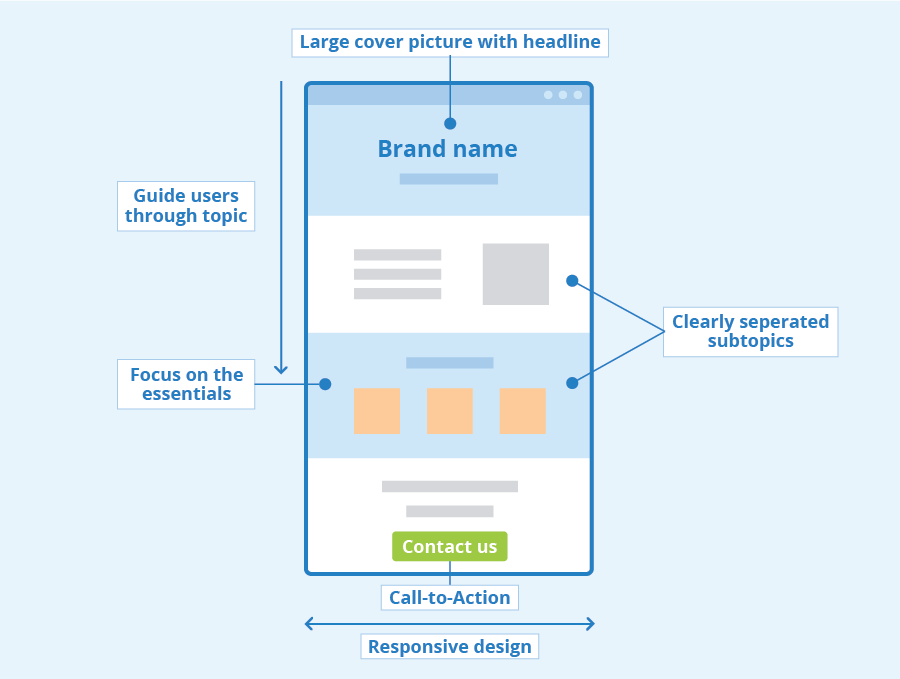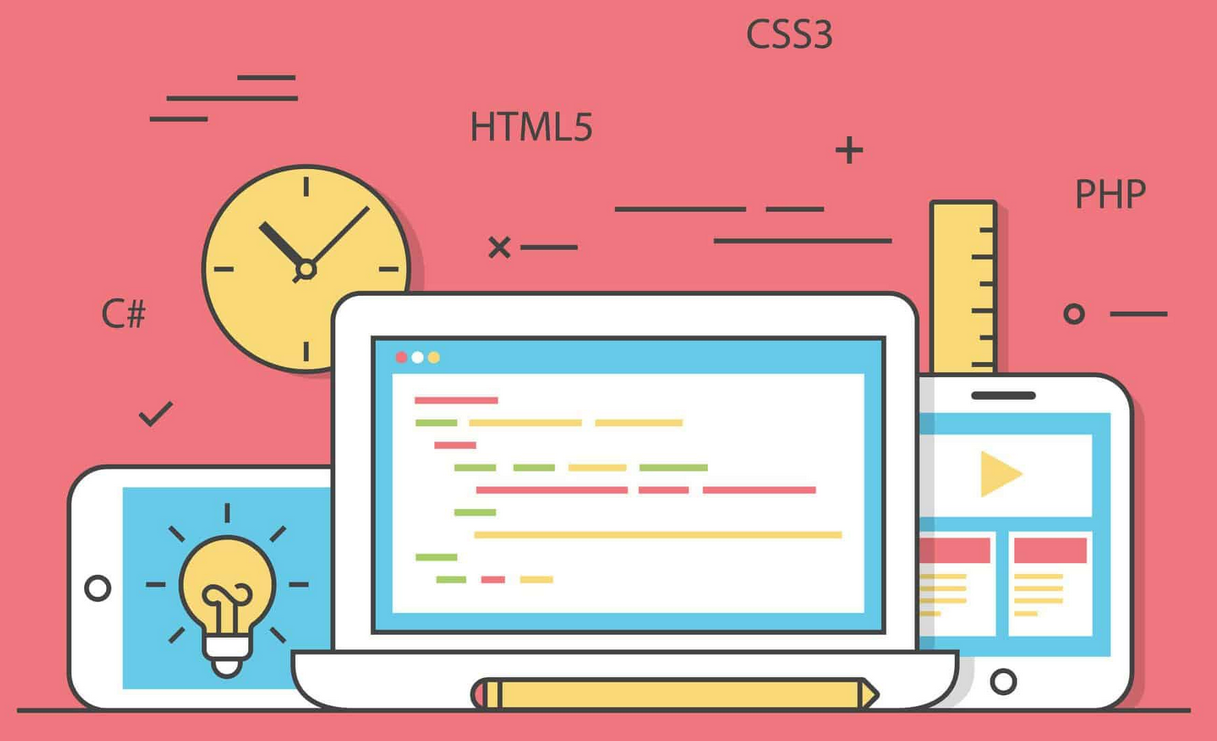Yes! But the devil is in the details.
The “General Business Credit” refers to a collection of various individual credits available to businesses in the United States, as outlined and governed by the Internal Revenue Service (IRS). These credits are designed to encourage certain business activities that align with broader economic, social, or policy goals, such as investing in research and development, providing access to health insurance for employees, utilizing renewable energy, and more.
The General Business Credit is not a single credit but a composite of multiple credits. Each has its eligibility criteria, calculation methods, and purposes. Some well-known components include the Investment Credit, Work Opportunity Credit, Research Credit, and Low-Income Housing Credit, among others. One of them is called the Disabled Access Credit.
The Disabled Access Credit allows you to get a tax credit equal to 50% of your costs for “amounts paid or incurred by the eligible small business to comply with applicable requirements under the Americans With Disabilities Act of 1990”. The maximum amount you can be credited for is $5,000. Put another way, if you spend $10,000 or more on ADA compliance activities, you can deduct $5,000. To do so, you’ll need to fill out Form 8826.
What’s covered? According to the documentation on Form 8826: “Eligible access expenditures include amounts paid or incurred:”
- To remove barriers that prevent a business from being accessible to or usable by individuals with disabilities.
- To provide qualified interpreters or other methods of making audio materials available to hearing-impaired individuals.
- To provide qualified readers, taped texts, and other methods of making visual materials available to individuals with visual impairments; or
- To acquire or modify equipment or devices for individuals with disabilities.
Beware of two important limitations
The first limitation is a size limitation. The eligible companies are only those who brought in $1,000,000 or less in gross receipts for the preceding tax year or who had less than 30 full time employees during the preceding tax year. The definition of full time employee, in this case, is a person “employed at least 30 hours per week for 20 or more calendar weeks in the taxable year.”
The second potential limitation is whether website accessibility counts. If you’re a State or Local Government entity, then the answer is a definitive “Yes”, because website accessibility is explicitly mentioned under Title II of the ADA. If you’re an employer who has web-based systems for use by employees, then the answer is also a definitive “Yes”, under Title I. Your public facing website might be a different matter.
Whether or not a public facing website of a private sector company is required to be accessible, per the ADA, is a topic of frequent disagreement. But it is a disagreement that, in our view, is mostly an academic one. Your actual obligations under the ADA hardly matter in light of the 8200+ lawsuits filed last year against companies who allegedly violated the ADA.
Given the number of lawsuit settlements and number of cases won by plaintiffs, we say that fixing your website is also something that you should be able to get tax credits for as well. For your particular situation, we recommend contacting a qualified tax professional to get their advice. And if you conclude that you want to go for it and use the tax credit to your benefit in fixing your site, let’s talk!







